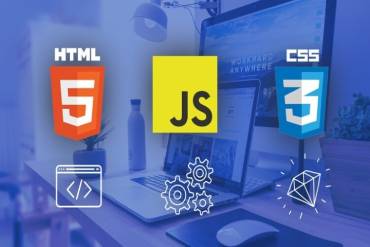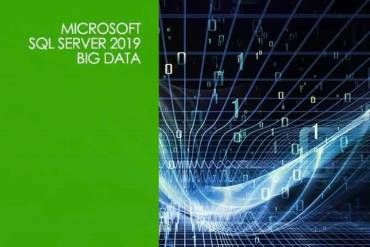Python, a programming language with almost 30 years of history, stands as one of the most extensively employed languages. This course benefits data scientists and machine learning experts, as Python’s user-friendly nature makes it a preferred choice. Its popularity is evident in its prominent role in university coding instruction.
Python Programming Course – Unlock the Power of Python
Discover the versatility of Python through our comprehensive Python Programming Course. With an OSI-approved open source license, Python is both freely usable and distributable, even for commercial purposes. This general-purpose programming language has flourished over nearly three decades, establishing itself as one of the most widely embraced languages. Its prominence shines particularly in data science and machine learning, while its user-friendly nature makes it a staple in university coding education.
Python’s adaptability is demonstrated by interpreters available across various operating systems, from Linux and macOS to Windows, Android, iOS, and more. Its straightforward syntax is well-suited for beginners, offering a smoother learning curve compared to languages like Java or C/C++, which delve into complex concepts early on. Python encourages gradual exploration of topics such as Object Oriented Programming (OOP) and functional programming.
Where Does Python Excel?
Web Development, utilizing frameworks like Django, Flask, Pylons
Data Science and Visualization with Numpy, Pandas, Matplotlib
Machine Learning using Tensorflow, Scikit-learn
Desktop Applications employing PyQt, Gtk, wxWidgets, and more
Mobile Applications developed with Kivy or BeeWare
Education: Python’s accessibility makes it an ideal starting point for learning programming
Earning Potential:
Python Developers earn an average salary of $117,155 per year in the United States, with job opportunities ranging from $20/hr to over $40/hr.
Our Python Programming Course begins by introducing you to the fundamentals, including loops, variables, operators, syntax, and coding practices. Each module builds upon the previous one, reinforcing your understanding as you progress. Exercises at the end of modules empower you to apply your newfound knowledge and build confidence.
Upon completing this course, you’ll be equipped to tackle more advanced programming challenges, building upon the solid foundation our course provides. Your ability to create sophisticated, robust programs will quickly expand, reflecting your newfound skills.
For comprehensive information about this certification course, please visit the Python website for full details.
Curriculum
- 26 Sections
- 25 Lessons
- 3 Weeks
- 0
- Module 1: Getting Started with Python1
- Module 2: Working with Primitive Data Types1
- Module 3: Working with Multiple Assignments Statements1
- Module 4: Convert Types in Python1
- Module 5: Creating Lists1
- Module 6: Modifying Lists1
- Module 7: Sorting and Reversing Lists1
- Module 8: Slicing Lists1
- Module 9: Working With Operators1
- Module 10: Determining Operator Precedence1
- Module 11: Working with IF Statements1
- Module 12: Working With For Loops1
- Module 13: Working With While Loops1
- Module 14: Nesting for Loops1
- Module 15: Reading Files1
- Module 16: More on Files1
- Module 17: Merging Emails1
- Module 18: Reading Console Inputs and Formatting Outputs1
- Module 19: Reading Command Line Argument1
- Module 20: Defining Functions1
- Module 21: Using Default Argument1
- Module 22: Using Keyword and Positional Arguments1
- Module 23: Handling Exceptions1
- Module 24: Using Math and Random Modules1
- Module 25: Displaying Daytime Working Directory and File Metadata1
optimaAdmin
Agile Project Expert







